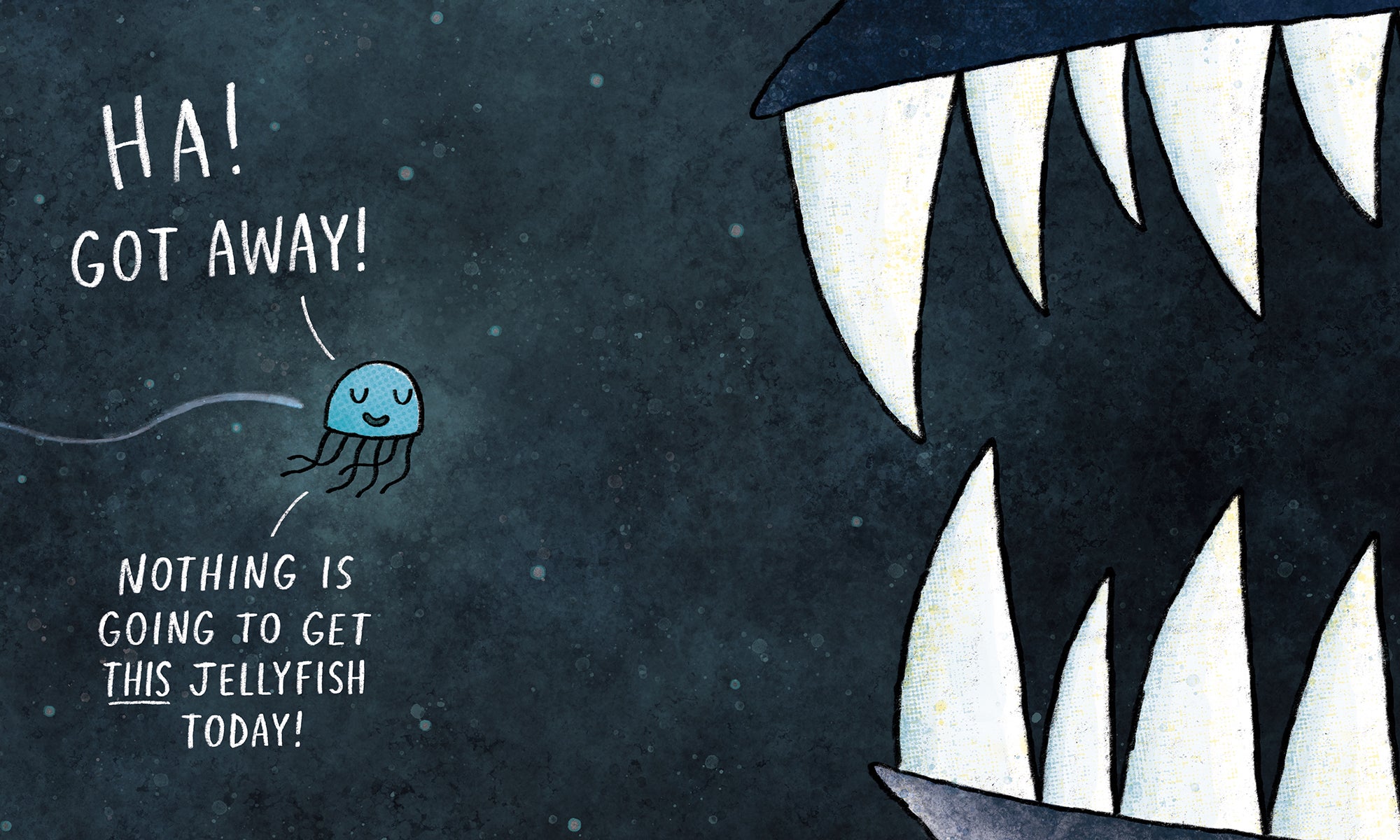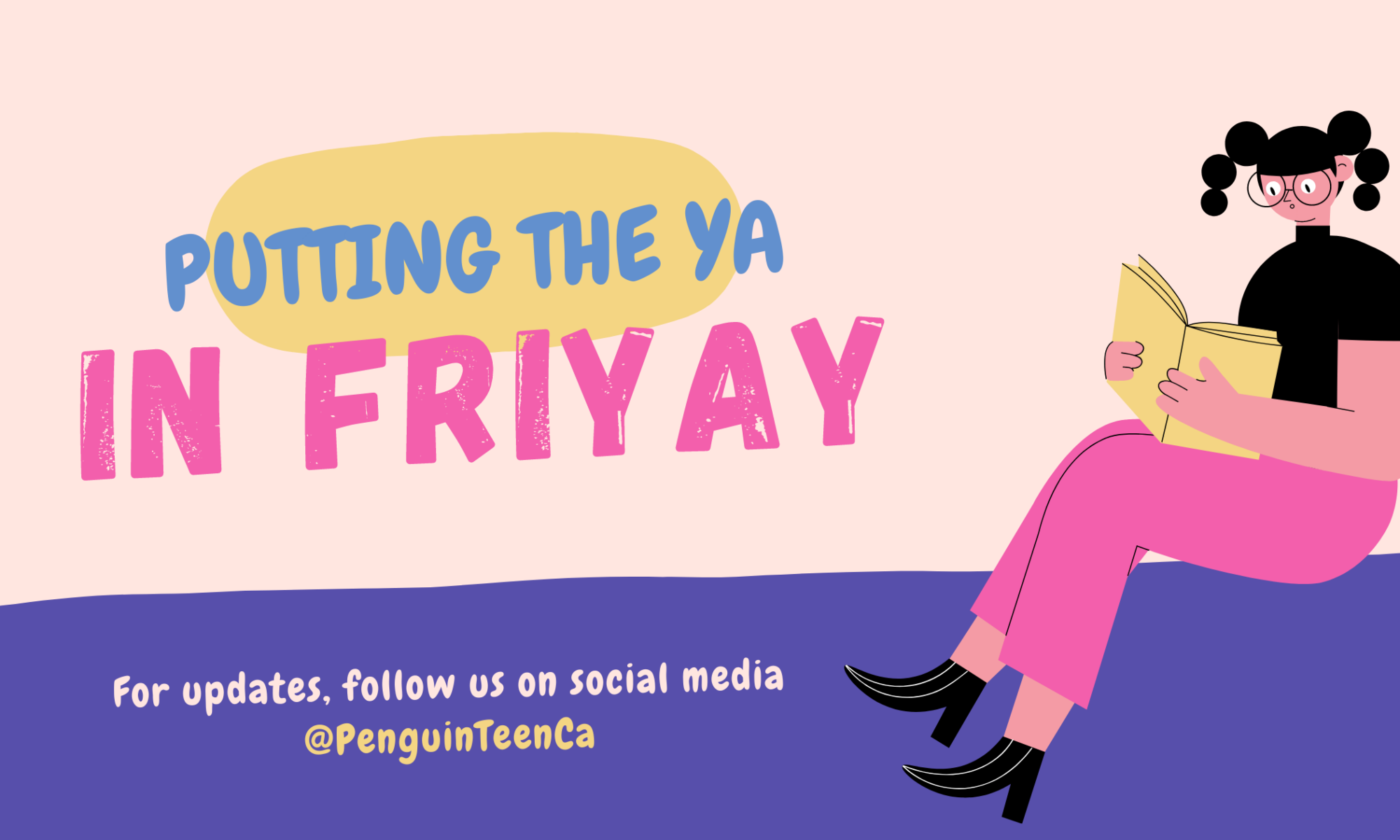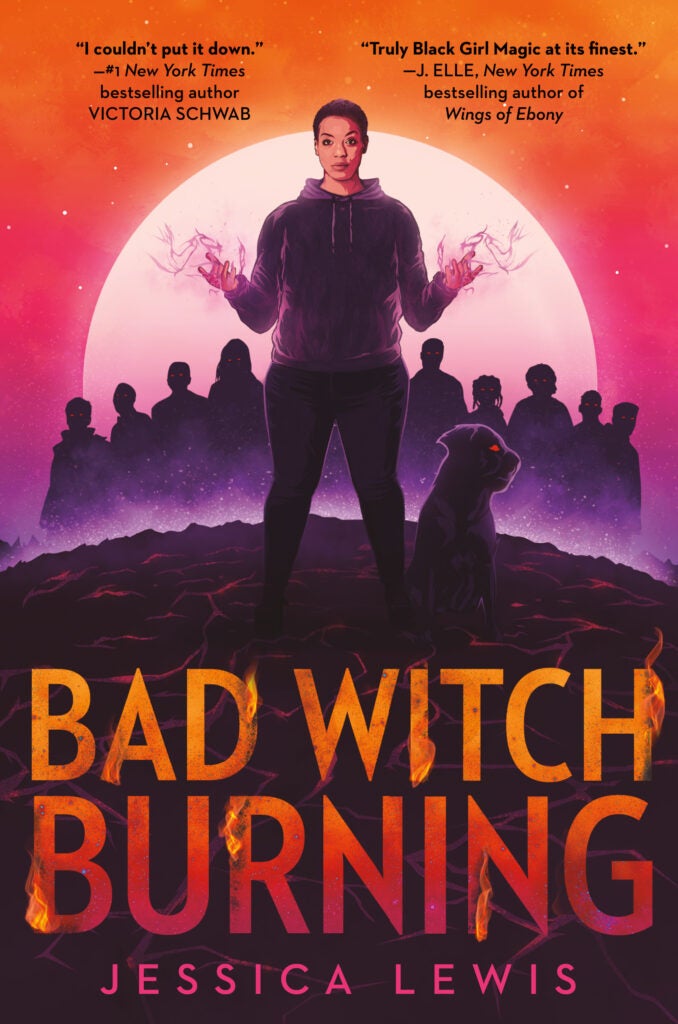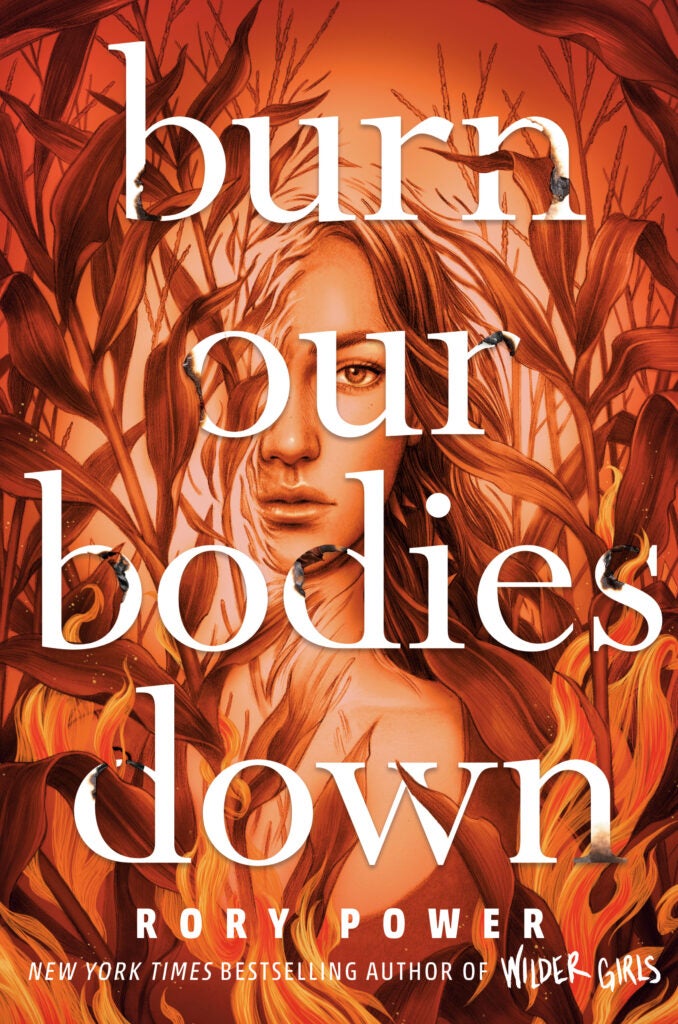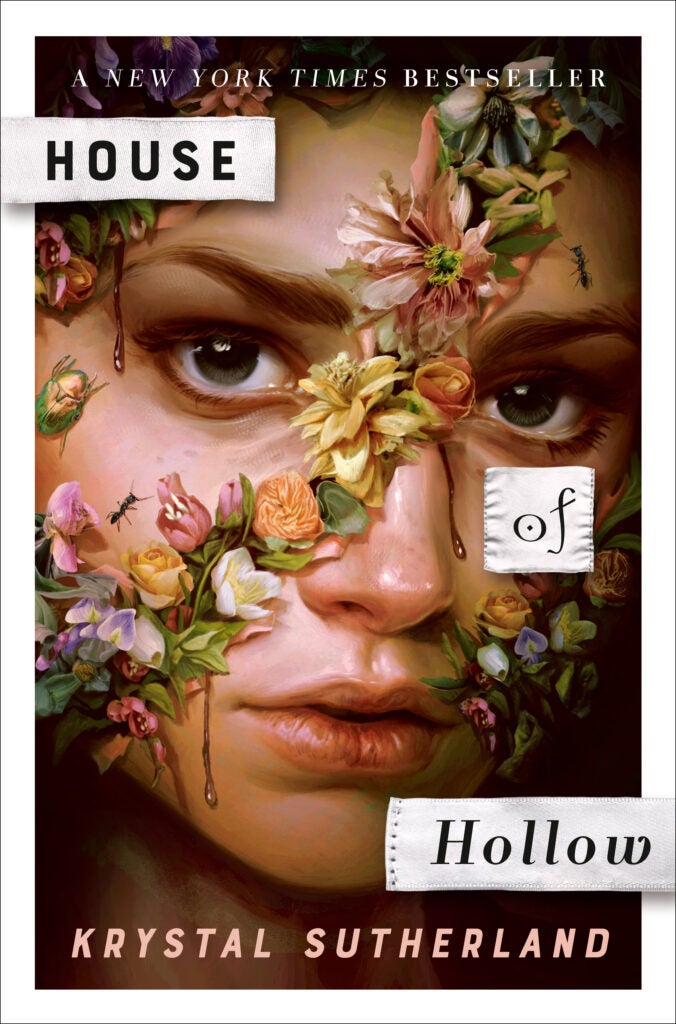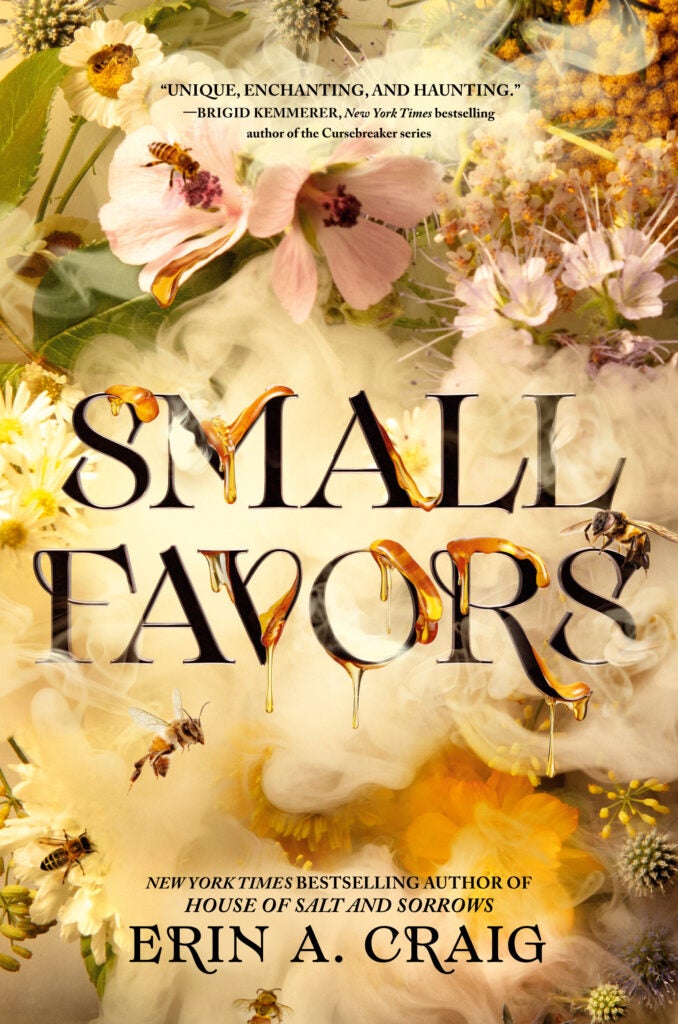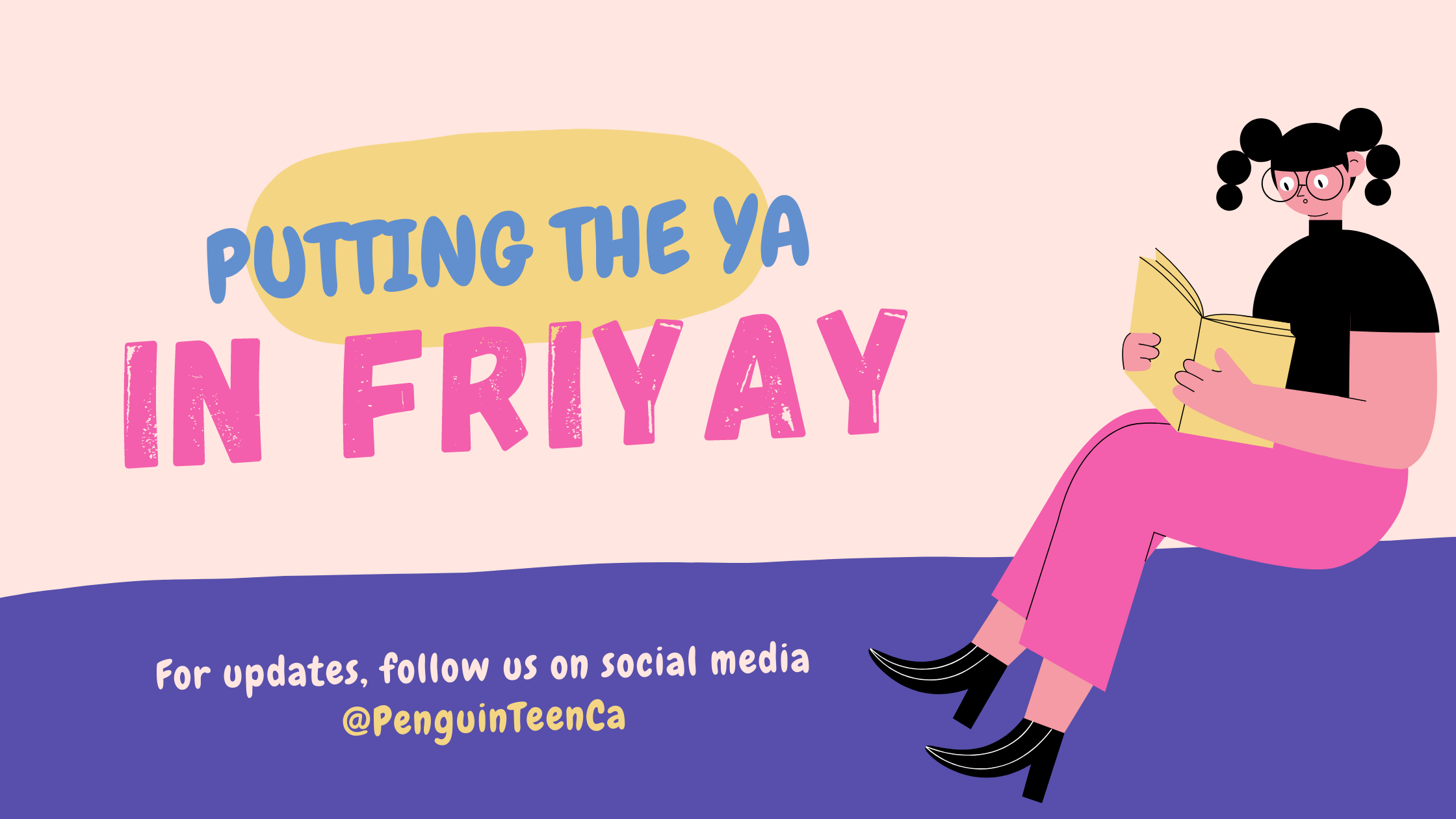
We may be a bunch of scaredy-cats but even we couldn’t resist Ann Fraistat’s fantastic debut, What We Harvest! We loved it so much, we invited Ann over to answer a few questions.
Q&A with Ann Fraistat
Tell us a bit about What We Harvest! What inspired you?
What We Harvest is feminist YA folk horror about an idyllic small town being devoured by a mysterious blight – one that infects not only crops, but animals and people, too. And, more importantly, it’s about Wren, the sixteen-year-old girl fighting to save her farm and family against avalanching odds. Nature has turned against her community, disease devastates her neighbors and comes for her own family, and the American dream she once believed in has turned to ash in her hands. Still, Wren strives to unearth her town’s deep-buried rot, and to rebuild a healthier future.
The deeper themes came from the reality we’ve lived with over the past several years. But this specific story? Honestly, I was between projects at the time. Deeply burned out. And an image from a dream stuck with me: this glimmering field of rainbow-colored wheat. I sat down to explore it as a freewriting exercise, which started as a paragraph and eventually snowballed into an entire book.
I think it flowed so organically because, as it turned out, this was the story I needed to hear. All of it. The horror. The beauty. The endless grit of its characters, and the innate hope to be found in that perseverance.
Now, I hope this story can give readers what they need, too.
How weird was it writing a book about a spreading disease during a pandemic? Did what was happening in real life change the way you approached the plot?
Honestly, weird. Really weird. I actually drafted What We Harvest in 2019, pre-COVID. So, by the time I was editing this book in the fall of 2020, it was a much eerier experience.
In the first chapter, Wren is exposed to the quicksilver blight because of confusion over government-issued guidelines. She doesn’t realize she needs to be wearing a mask while working with infected plants – and that was baked into this book from the start. The first draft had also already incorporated the quarantine in Hollow’s End, and so many moments that now land more intimately than I could’ve anticipated: the grief that comes with lost opportunities for togetherness, the terror of testing positive, and the temptation to downplay the likelihood of infection (not only by the person experiencing symptoms, but also by their surrounding loved ones).
So, yes, freakily enough, most of the major resonances with our real-life pandemic were in place from draft one. But COVID-19 did give me a clearer picture of what the day-to-day details might look like, those mounting little inconveniences that add up to a life and routine we no longer recognize. The signs taped to the windows in our own apartment complex’s lobby, scribbled over with ever-changing updates to hours and masking requirements, inspired a line about What We Harvest‘s abandoned Main Street shops. The sudden switch to remote learning made me more fully appreciate how tough it would be for kids like Wren and Derek to be quarantined from their school across the bridge and to have to take their finals online – especially given the disastrous Wi-Fi of Hollow’s End, a rural and remote peninsula.
However, one thing I’m thankful for is that the quicksilver blight, a molten metal rot, is a very different beast from COVID-19. And I hope the splashier genre elements, and the inherent distance from reality they provide, offers a safer space for readers who need a catharsis without directly confronting personal experiences from the last couple of years.
What are some speculative fiction novels you love?
*takes incredibly deep breath* In alphabetical order: A Song Below Water by Bethany C. Morrow; A Southern Book Club’s Guide to Slaying Vampires by Grady Hendrix; Bad Witch Burning by Jessica Lewis; Burn Our Bodies Down by Rory Power; Down Comes the Night by Allison Saft; Ghost Wood Song by Erica Waters; House of Hollow by Krystal Sutherland; Mexican Gothic by Silvia Morena-Garcia; Sawkill Girls by Claire Legrand; Small Favors by Erin A. Craig; The Dead and the Dark by Courtney Gould; The Year of the Witching by Alexis Henderson; When the Moon Was Ours by Anna-Maria McLemore . . . I am going to physically restrain myself now.
The book has real Invasion of the Body Snatchers vibes. And that movie has famously been read as a parable for near everything. Was the “blight” in your book inspired by any real-world social issues?
Oh, definitely! But, like the body snatchers in Invasion, the quicksilver blight isn’t meant to neatly map to one specific issue. To throw another horror movie into the mix, are you familiar with the concept behind Ju-On: The Grudge? The monster there is a literal curse, one created when a person dies in the throes of extreme rage or sorrow. An emotion made manifest. Similarly, the blight represents embodied sin. Past sin. Buried sin – which can only stay buried so long. The kind which will consume us all, unless we take the time to understand and address it.
The blight is meant to suggest that the sins of the past are still very much with us in the present. Racism, inequity, pollution, to name a few. And the book at large invites us to examine: what is the price of our own dreams, and who is paying it? Have we taken the time to root out the blight in our own soil? Are we doomed to plant our futures on poisoned ground? How do we do better and move forward?
What We Harvest is not without a few gory sequences: how do you decide what to “show” and what to “tell” in terms of blood and guts?
Agh, this is such a fine line! Somebody’s “meh, not scary” is another person’s “whoa, way too much!” For me, the most gruesome horror is in the details. The super intense close-ups. Ultimately, I try to return to the question: what serves the story? Does this detail create a meaningful emotional response for the character observing it? If so, I’ll try to show it.
But I have sometimes softened descriptions based on collective feedback from beta readers and critique partners. In terms of what is or isn’t too intense, it’s helpful to get the opinion of people who spend less time playing around in fictional nightmare-worlds!
It’s also a very funny book at times – what do you feel is the relationship between horror and humor?
Oh, I’m so glad you asked this! Not sure people expect this from a YA horror author, but my roots are in comic playwriting. So, I love comedy. And, in fact, as the mastermind Jordan Peele has discussed at greater length with greater words: comedy and horror are more alike than they seem. They both rely on the suspense of not knowing what comes next, they both provoke visceral bodily responses, and they both speak in hyperbole – exaggerating an aspect or two of reality in order to point at deeper truths.
People sometimes dismiss humor as creating distance between a fictional world and its audience, but when used well, I believe it’s actually an invaluable bonding opportunity. Nothing opens people’s hearts like humor. It can allow an audience to feel more deeply for characters and their stories, not less.
For me, the only trick of blending horror and humor is making sure to place jokes in the right spots, so the scares stay scary. Otherwise, I’d say they’re a perfect marriage!
What’s your number one piece of writing advice (either that you give people or that you’ve received)?
Embrace your inner weirdo. Which is really just a more fun way to say: don’t self-censor. I spend a lot of time battling perfectionism and that adorable inner voice that likes to question the worth of what I create. While drafting, I wondered many times if this book, with its iridescent wheat and molten metal blight, was too strange. But those turned out to be elements that so many people connect to! Precisely because, yep, they are strange.
What are you working on next?
My upcoming book is another standalone YA horror/supernatural thriller. It’s a mental health recovery story set against the backdrop of a haunted house, full of seances and mysterious masks, and crawling with bugs and blue roses. Very excited to share more about that soon!
Pandemic question: What’s the one thing you just can’t live without these days?
So, at the height of the pandemic, my husband and I embarked on a crusade to discover the best ever chocolate chip cookie recipe. We were planning to try out a bunch. Then we made Doubletree’s and stopped right there. Because they were perfect.
We’ve been making them (probably way too often) ever since: https://newsroom.hilton.com/static-doubletree-reveals-cookie-recipe.htm.
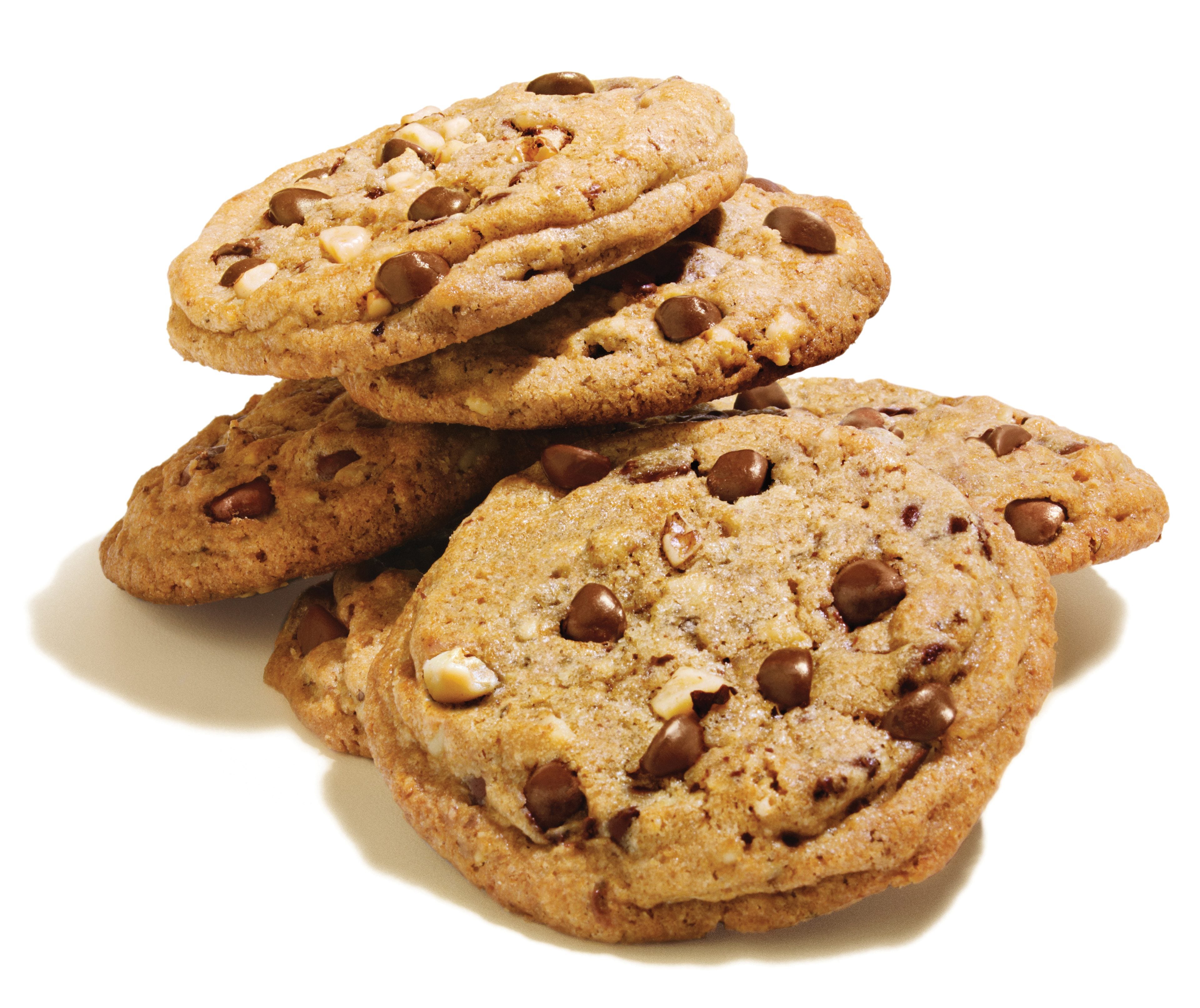
Incidentally, I also discovered during the pandemic that I’m gluten-intolerant, but you can make this recipe gluten-free by subbing the flour out for: 1.25 cup oat flour, 1 cup of one-to-one gluten-free flour blend (I recommend Better Batter!).
Thanks for joining us, Ann! What We Harvest is available now, make sure you pick it up from your favorite bookstore. And keep an eye out for an Instagram Live with Ann in April!
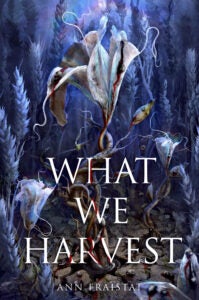 What We Harvest
What We Harvest
By Ann Fraistat
336 Pages | Ages 12+ | Hardcover
ISBN 9780593382165 | Delacorte Press
Wren owes everything she has to her hometown, Hollow’s End, a centuries-old, picture-perfect slice of America. Tourists travel miles to marvel at its miracle crops, including the shimmering, iridescent wheat of Wren’s family’s farm. At least, they did. Until five months ago. That’s when the Quicksilver blight first surfaced, poisoning the farms of Hollow’s End one by one. It began by consuming the crops, thick silver sludge bleeding from the earth. Next were the animals. Infected livestock and wild creatures staggered off into the woods by day – only to return at night, their eyes fogged white, leering from the trees. Then the blight came for the neighbors. Wren is among the last locals standing, and the blight has finally come for her, too. Now the only one she can turn to is her ex, Derek, the last person she wants to call. They haven’t spoken in months, but Wren and Derek still have one thing in common: Hollow’s End means everything to them. Only, there’s much they don’t know about their hometown and its celebrated miracle crops. And they’re about to discover that miracles aren’t free. Their ancestors have an awful lot to pay for, and Wren and Derek are the only ones left to settle old debts.
